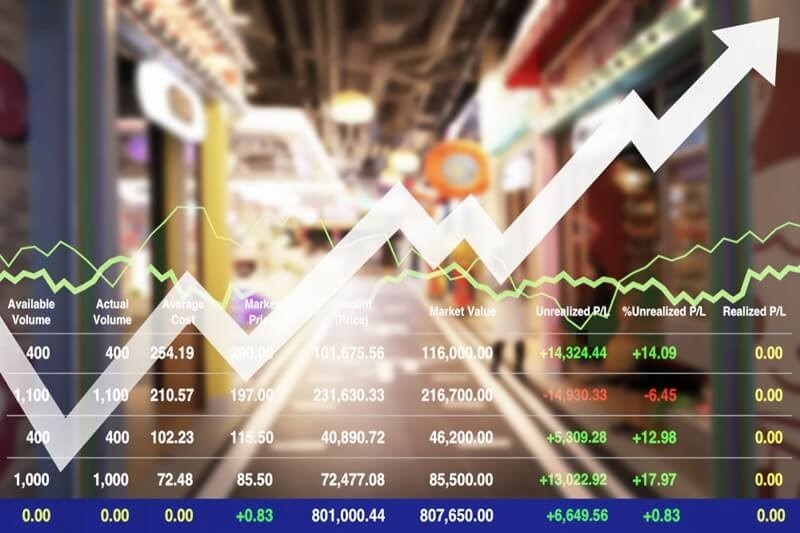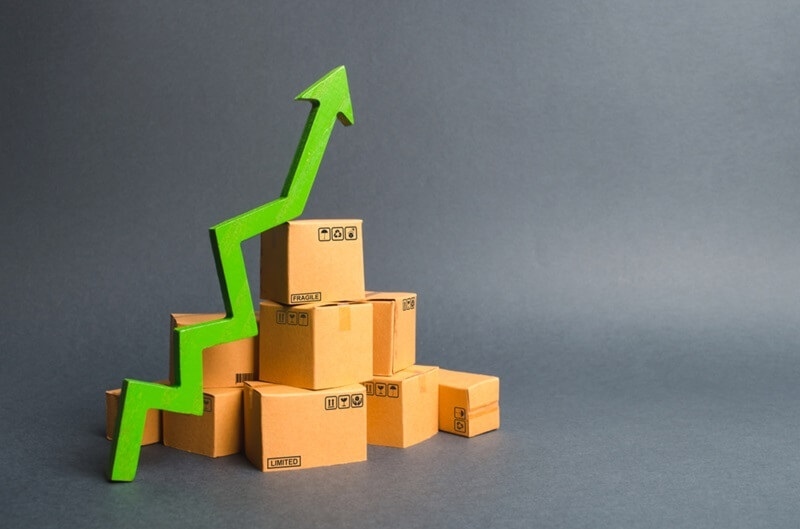
Seasonality in the markets is among the less-reported but strongly impacting drivers of investment returns. Technical patterns, fundamental analysis, or macroeconomic events are the areas of concentration for the majority of investors, but they ignore the impact of seasonal cycles. On an annual cycle, consistent consumer consumption trends, life at business, and weather conditions affect the performance of various industries during specific periods.
Understanding seasonality in markets gives investors a powerful tool for forecasting changes, timing entries and exits, and making better overall investment decisions.
Seasonality of the market is a pattern or trend to recur at a particular time of the year. These trends are a result of many factors such as holidays, weather, fiscal years, or social functions. For example, retailing is typically good in the fourth quarter because of holidays, whereas construction activity is poor during winter as weather conditions are unfavorable.
These patterns of action in cycles influence stock prices, trade volumes, and industry performance in subtle yet powerful ways. By knowing these trends, investors can position themselves to profit from seasonal trends or minimize the risk of loss.
Seasonal stock performance is the past record of certain stocks or groups that will perform better or worse during specific times of the year. Trends are not absolute, but have always followed this trend over an extremely long period of time.
Examples typically include:
While these are broad trends, seasonal stock performance is also a function of macroeconomic conditions, weather disasters, and changes in consumer behavior.

Consumer behavior is one of the primary reasons for seasonality in markets. During the course of the year, changing tastes, expenditures, and requirements give rise to what's referred to as consumer demand cycles. These are recurring patterns towards buying depending on events that unfold over time.
Some examples of how it works are provided below:
Investors who pay attention to cycles of consumer demand are able to look for entry points into industries at the onset of seasonal highs or to cut exposure before declining phases.
Some investors try to time their portfolios through market timing strategies based on the season. While perfect market timing is effectively impossible, seasonality offers repeating patterns that are utilized to make more knowledgeable decisions.
By combining these seasonal factors with technical analysis, investors are able to make superior market timing choices and manage risk more effectively.
Not all industries are influenced equally by seasonality. Winter vs summer trends exhibit varying behavior across industries, which are predominantly weather, travel, and consumer activity-driven.
Gift-giving and holiday shopping generate peak revenues for retail and e-commerce.
Awareness of winter and summer trends helps investors to adjust sector weightings throughout the year and plan tactical allocations.
Seasonal shifts also generate clear business insights on how industries plan, market, and execute throughout the calendar year. Here's a closer look at some examples:
Seasonality in business numbers can be an indicator of leading earnings performance and industry stock valuations.
While the power of seasonality is not to be underestimated, don't overuse it. Macro surprises, market aberrations, or changes in consumers' behaviors have the ability to derail even the most benign cycles.
Avoid these couple of traps:
Subject all seasonal hypotheses to testing against fresh economic markers, earnings releases, and counsel from industry experts.
To include seasonal strategies within your investment program, do the following:
Take sector-based ETF historical data (such as XLY for consumer discretionary or XLE for energy) to see how performance varies by quarter.
Create exposure to sectors with varied seasonal peaks. For instance:
Rebalance your portfolio according to anticipated seasonal performance, particularly prior to earnings seasons or when alterations in consumer behavior take place.
A few research services and investment sites provide seasonal charts, trend alerts, and historical return comparisons. Utilize those tools for additional confirmation.
With the quickly changing digital economy today, seasonality in markets remains as strong as it once was. E-commerce, on-demand services, and global supply chains have definitely changed consumers' spending patterns, but also where and when they spend.
However, most seasonal trends remain intact, though in new forms. Here's how:
Seasonality is shifting, not going away. Investors who acknowledge this shift can still ride them in the form of new ones.
Market seasonality is a critical but underappreciated driver of stock performance. Whether considering stock performance seasonality or seeking to analyze cycles of consumer demand, understanding how these things correlate to overall market trends will provide you with a huge advantage.
With knowledge of the seasons, trading at the right times, and anticipating winter vs summer trends, all of these can assist in making better investment decisions. Blended in the right amounts with other forms of investing, seasonality can be a solid part of your long-term strategy.
This content was created by AI